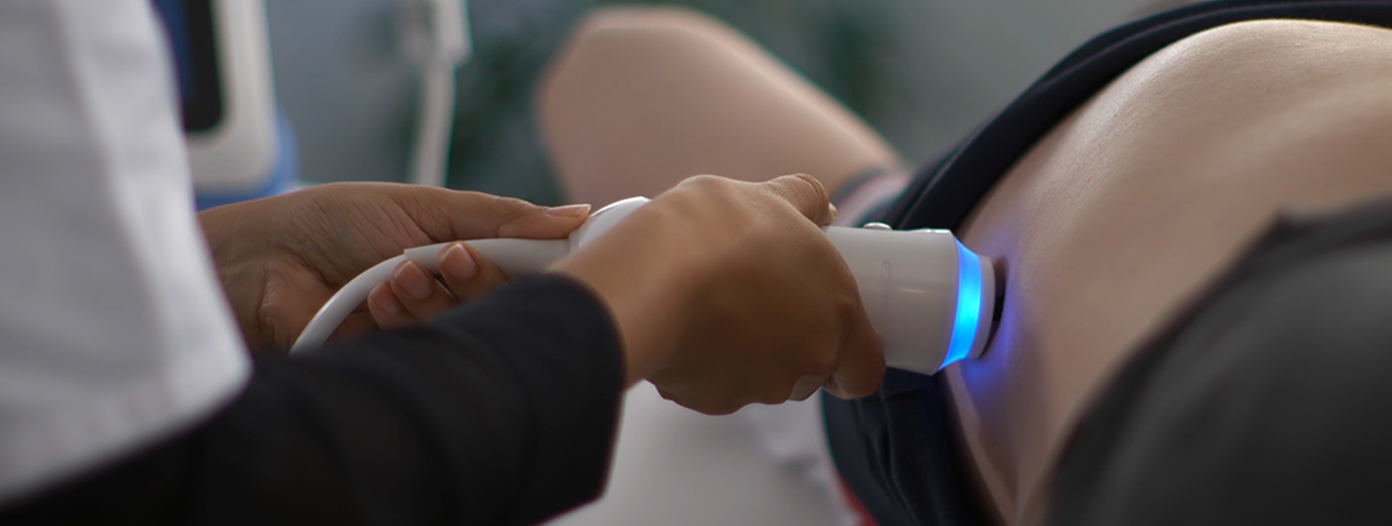NASH Network (NASHNET), a global network of thought leaders dedicated to advancing care pathways for nonalcoholic fatty liver disease (NAFLD) and nonalcoholic steatohepatitis (NASH), has published a novel cost-effectiveness analysis (CEA) study in Gastroenterology, indicating that screening patients with Type 2 diabetes (T2D) for NAFLD was cost-effective compared with no screening.
Researchers for “Screening for Non-Alcoholic Fatty Liver Disease in Persons with Type 2 Diabetes in the U.S. is Cost Effective: A Comprehensive Cost-Utility Analysis” developed a Markov model to evaluate the cost-effectiveness of six screening strategies, using an incremental, threshold cost-effectiveness ratio of ≤$50,000 per quality-adjusted life year (QALY).
Cost-effective screening approaches observed in the study included the use of ultrasound with or without aspartate aminotransferase (AST) – or alanine aminotransferase (ALT) – to detect possible fibrosis in high-risk patient populations; then, if clinically significant, the deployment of transient elastography (VCTE). VCTE known as FibroScan® is a non-invasive technology (NIT) that quickly provides a quantitative assessment of liver stiffness and liver fat at the point of care to make the detection of liver disease and long-term care for individuals with NALFD and NASH more effective.
Patients suspected to have NAFLD or NASH (NASH stage ≥2) were prescribed one year of intensive lifestyle intervention (ILI). Additionally, these screening strategies were found to be cost-effective for T2D patients as young as 40 years of age.
As part of its collaboration with Echosens, NASHNET has been collecting and analyzing data on 6,500 patients over a one-year period. This real-world evidence study is designed to identify cost-effective patient flows to screen, diagnose and manage patients with NAFLD and NASH. With a goal to create an optimal care delivery model, NASHNET providers utilize FibroScan® in primary care, endocrinology and bariatric clinics. FibroScan® provides consistency and evidence and is covered by CMS and most commercial insurance plans for diagnosing and monitoring chronic liver disease.
Battling the Impact of NAFLD
Affecting over 25% of the adult population, NAFLD is the most common form of chronic liver disease in the United States, and the prevalence continues to rise. Approximately 20% of those with NAFLD progress to NASH, the more severe manifestation of the disease, which if left undetected and unmanaged can progress to liver cirrhosis.
As the burden of NAFLD and NASH continues to grow, it has become a financial and population health imperative to define appropriate screening strategies for identifying patients with early stages of liver disease associated with NAFLD to improve overall health, diagnose the disease early, reduce associated financial burden and help inform the development of future professional guidelines.
It is also increasingly important to leverage NITs, such as FibroScan®, to identify patients who are at greatest risk of adverse health outcomes or might benefit from early treatment intervention. Recognizing a need for additional cost-effectiveness data regarding the use of NITs, the NASHNET study supplements the growing evidence base demonstrating the utility of NITs for detecting and monitoring NAFLD and NASH.
While liver biopsy remains the gold standard for diagnosing NASH, a number of NITs have emerged in recent years including the ultrasound, AST, ALT, VCTE, controlled attenuation parameter (CAP) and FIB-4. In this analysis, screening40 approaches that included liver biopsy were not found to be cost effective.
